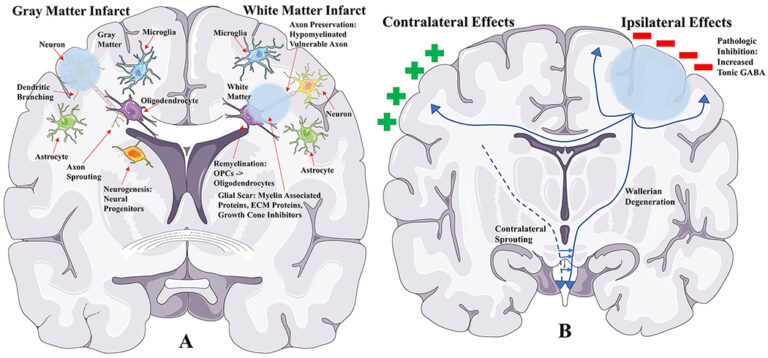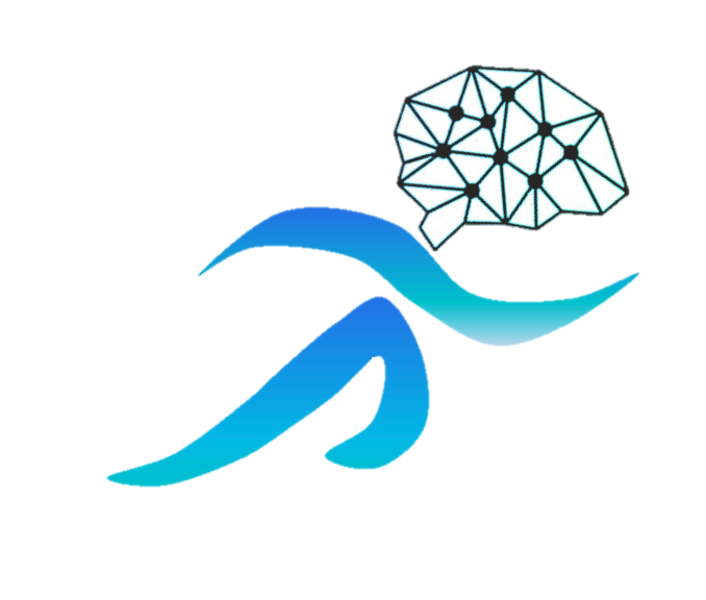Authors: Robert W Regenhardt, Hajime Takase, Eng H Lo, David J Lin
Abstract: Stroke is among the most common causes of adult disability worldwide, and its disease burden is shifting towards that of a long-term condition. Therefore, the development of approaches to enhance recovery and augment neural repair after stroke will be critical. Recovery after stroke involves complex interrelated systems of neural repair. There are changes in both structure (at the molecular, cellular, and tissue levels) and function (in terms of excitability, cortical maps, and networks) that occur spontaneously within the brain. Several approaches to augment neural repair through enhancing these changes are under study. These include identifying novel drug targets, implementing rehabilitation strategies, and developing new neurotechnologies. Each of these approaches has its own array of different proposed mechanisms. Current investigation has emphasized both cellular and circuit-based targets in both gray and white matter, including axon sprouting, dendritic branching, neurogenesis, axon preservation, remyelination, blood brain barrier integrity, blockade of extracellular inhibitory signals, alteration of excitability, and promotion of new brain cortical maps and networks. Herein, we review for clinicians recovery after stroke, basic elements of spontaneous neural repair, and ongoing work to augment neural repair. Future study requires alignment of basic, translational, and clinical research. The field continues to grow while becoming more clearly defined. As thrombolysis changed stroke care in the 1990 s and thrombectomy in the 2010 s, the augmentation of neural repair and recovery after stroke may revolutionize care for these patients in the coming decade.

